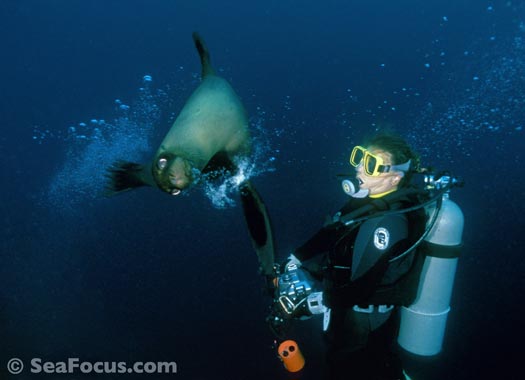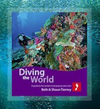For many, scuba diving in the Galápagos is a dream come true as this is a destination where the marine life is big with a capital B. You can swim with hammerheads, do your safety stop surrounded by 20 silky sharks and admire eagle rays on almost every dive. There are masses of playful sea lions, fur seals and some delightful smaller creatures – seahorses, morays and even nudibranchs.
There are dive sites around most islands and the conditions vary depending on where you are. The west catches the cold Cromwell current so conditions can be tough and change quickly while in the south a different set of currents attract more unusual fish species. The northern area is where you find Wolf and Darwin islands, often regarded as the pinnacle of diving this region although the conditions there are not for the fainthearted.
What makes the Galápagos so very special though, is the what is above the water line. You see even more seals on land, along with the marine iguanas and crabs, giant tortoises and the unique landscapes and birds.






















